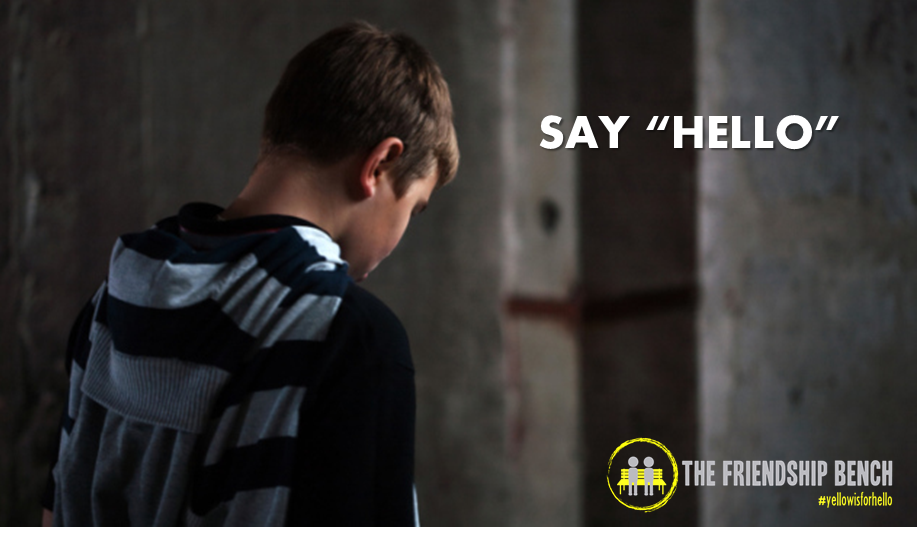Despite educational institutions investing time and money into mental health resources, the number of students attempting or succeeding at suicide is increasing.
My son is one of those statistics. He was a highly educated young man who suffered in silence despite having many family members, friends, and professional resources available to him. No one, not even his closest friends, knew what he was experiencing.
In fact, recent studies report that anywhere from 25 to 50 percent of students experiencing anxiety or depression fail to report those feelings to anyone.
Silence may not be the cause of suicides on school campuses but it is certainly a facilitator. In the months since my son’s death I’ve heard many claims that suicide was “hushed up” for years because it was a slight on the family name and thus, something to be ashamed of. Others take a more clinical approach and attempt to link an increase in awareness with an increase in “copycat” suicide attempts.
Just writing these falsehoods makes me cringe but I have to accept that there are still many who believe these sentiments.
Instead of complaining about these misconceptions, we’re turning to experienced professionals for the facts. Below, courtesy of SAVE – Suicide Awareness Voices of Education are a number of the common misconceptions about suicide that every student and parent should be aware of.
FALSE: People who talk about suicide won’t really do it.
Almost everyone who commits or attempts suicide has given some clue or warning. Do not ignore suicide threats. Statements like “you’ll be sorry when I’m dead,” “I can’t see any way out,” — no matter how casually or jokingly said may indicate serious suicidal feelings.
FALSE: Anyone who tries to kill him/herself must be “crazy.”
Most suicidal people are not psychotic or insane. They must be upset, grief-stricken, depressed or despairing, but extreme distress and emotional pain are not necessarily signs of mental illness.
FALSE: If a person is determined to kill him/herself, nothing is going to stop them.
Even the most severely depressed person has mixed feelings about death, wavering until the very last moment between wanting to live and wanting to die. Most suicidal people do not want death; they want the pain to stop. The impulse to end it all, however overpowering, does not last forever.
FALSE: People who commit suicide are people who were unwilling to seek help.
Studies of suicide victims have shown that more than half had sought medical help in the six months prior to their deaths.
FALSE: Talking about suicide may give someone the idea.
You don’t give a suicidal person morbid ideas by talking about suicide. The opposite is true—bringing up the subject of suicide and discussing it openly is one of the most helpful things you can do.
Please continue to the conversation with students, family, and friends. Remaining silent about depression and suicide just feeds the negativity and increases the isolation felt by those suffering.
While suicide may end a life, it's depression that kills it. Let's shed more light.Click To TweetIf you need help immediately:
Visit your local emergency department or call 911.
If you need help and you’re unsure where to start, here is a list of Provincial Resources that can help you.

